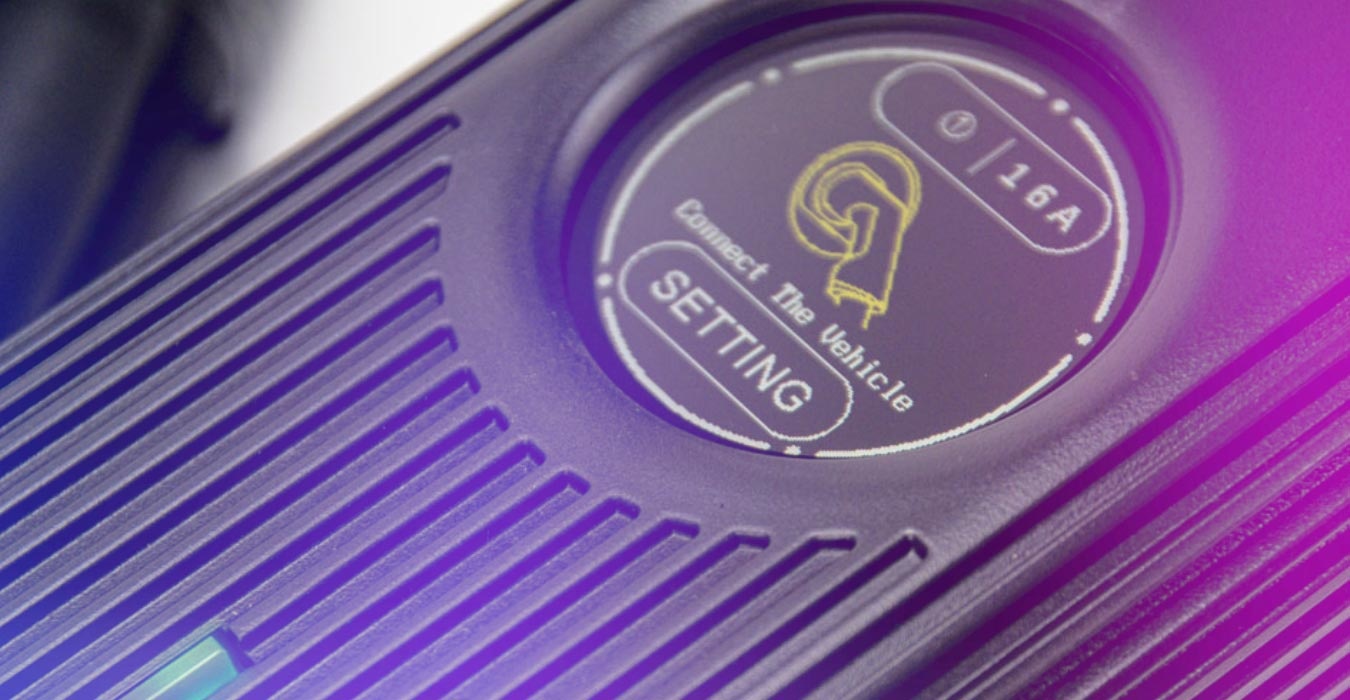
If you can charge your electric car at home with a fixed charging station, you can often also charge it with a portable charger. The reverse is not always the case. These are the differences between a portable charger and a charging station.
Portable charger cheaper than a laptop
As EVs become more and more popular, the choice of where to charge your electric car also increases. Great strides are being made to provide many different ways to charge your electric car battery.
Charging stations and portable chargers are also becoming cheaper. Electric car chargers are becoming more affordable. You can now buy a portable 16-amp charger for less than the price of a cheap laptop.
Always have a portable charger
Some electric car drivers find it an advantage to always have a portable charger with them. An extra purchased portable charger is often faster than the Mode 2 cable that sometimes comes standard with electric cars. Most factory Mode 2 cables are rated at 10 amps and some even at 7 amps. This gives you a charging speed of 2.3 or 1.6 kW respectively. If you work at home a lot, this may be fast enough for certain target groups. After a day's work from home and a night's sleep, your electric car can be pretty full. But it's nicer if you can charge at a higher speed, so you have more certainty that your battery pack is actually full the next day.
If you have access to a faster charging connection at your work or at another place where you often drive, it is very convenient to be able to charge your battery pack with a stronger portable charger. If you have a 16-ampere connection, for example, you can already charge with 3.7 kW.
Three times the power
There has been some discussion in the EV owner community about the usefulness of these portable chargers, especially given the expanding networks of much faster public and home charging stations.
The advantage of a home charging station is that you can charge up to three times faster than with a portable charger - if you have a place where you can plug one in.
Home charging stations usually consist of two parts: a wall holder and a plug. The wall mount is a small box that you attach to the wall. This box may have a touchscreen on which you can read the status of your charging station, how full the battery is being charged and at what speed. If the charging station does not have a touch screen, this information can often be read via an app. The bottom of the home charge post has either a fixed cable or a connection for a separate cable. A charging station with a fixed cable has a plug at the end of the cable. Plug the plug into your car and leave it there until it is charged.
Finding a suitable 230-volt outlet outdoors is generally a lot easier and cheaper than installing a charging station at home.
Why install a charging station at home?
People choose to install a fixed wallbox at home for a number of reasons. They may want to charge their car faster. Charging up to 11 kW at home is often no problem. This allows you to fully charge your electric car overnight. But such a charger is also useful for settling the electricity costs of your electric car. As a business driver, you charge your EV with electricity from your home. Settlement with your employer is therefore appropriate. Choose a charging station that can do this automatically and you are relieved of the administration. Of course, you can't take your home charging station with you, so you should always take a portable charger with you.
So it's not so much a question of what the differences are between a home charger and a portable charger, but more of which one you can use best at a particular location. If you can't fit a charger at home, then get a portable charger on board your EV. If you only charge at home, you may not need more than a home charging station.





